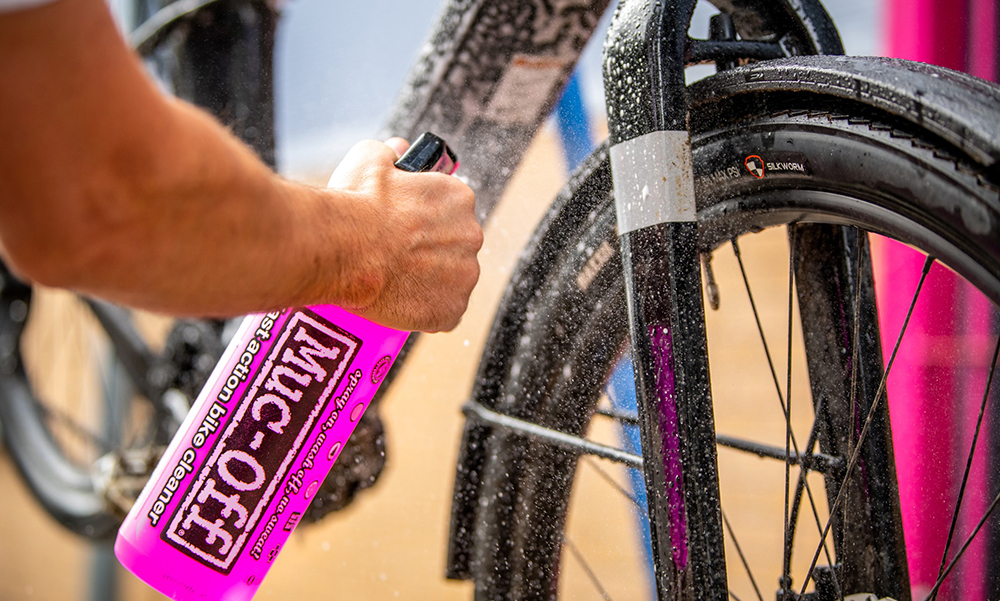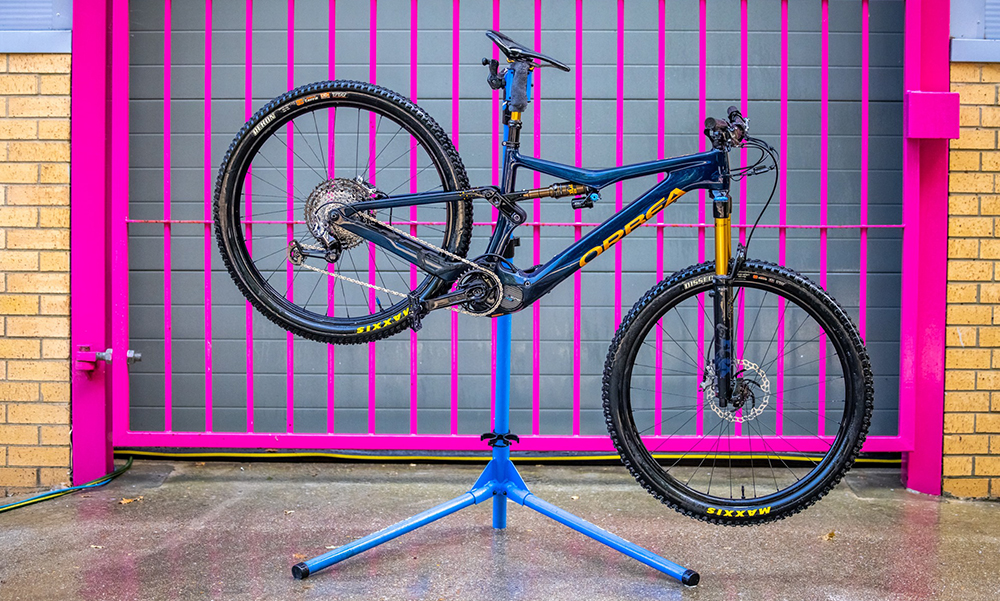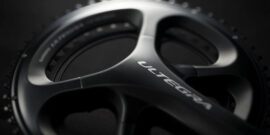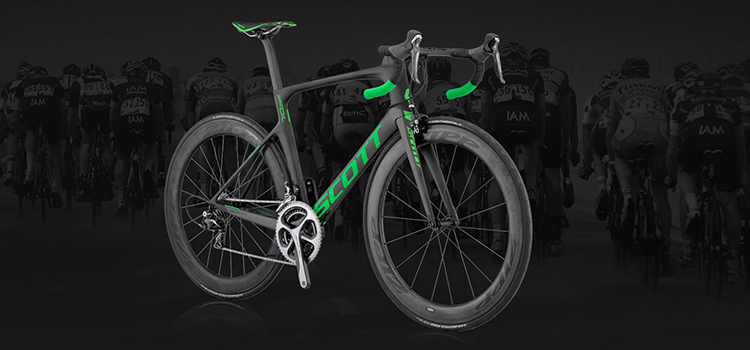As with all bikes, Electric Bikes need regular maintenance to keep them running for as long and efficiently as possible. A well maintained eBike can help lengthen the lifespan of the battery, motor and other components.
This guide will cover a few areas on how to keep your Electric bike in top condition.
How Often Should I Service My Electric Bike
A lot of maintenance an eBike will need is the same as a regular bikes. However, some components, particularly the drivetrain are subject to greater wear due to the additional force from the motor.
One of the simplest and sometimes overlooked tasks is to keep your bike clean. Dirt and grit increase wear on components by forming an abrasive paste when mixed with the grease on the drivetrain. This paste can inhibit the smooth running of the chain and gearing and speed up the wear of drivetrain components. Having a smooth running drivetrain not only feels nicer but ensure your getting the most efficient power transfer from the bikes motor.
To clean your drivetrain you can simply give everything a wipe down with a clean rag or if things are looking particularly gunked up using some degreaser and a brush or chain cleaning device should do the trick. If you opt for the later it’s probably worth reapplying some lubrication.
On the subject of lubrication, eBike chains need to be frequently treated. If you can, apply a quality lubricant after every couple of rides.
Another quick job is to check your tyre pressure. Under inflated tyres can waste power and reduce efficiency. Equally, running tyres at too high a pressure can compromise comfort and grip, especially if you’re riding off-road.A tyres recommend pressure range should be located on the side of the tyre.

Safety Check
Regularly safety check your bike to ensure that all bolts and axles are tightened to the manufacturer’s recommended torque settings, check your tyres for anything that might cause a puncture and test for any loose spokes.
Watch out for excessive wear, too. If one part wears out, such as the chain, it can have a knock-on effect on other components – such as causing premature wear to the chainrings and cassette. We’ve got a guide to chain wear so you can spot any issues before they become a problem.
How to wash an electric bike
We’ver already covered keeping your drivetrain clean but how about keeping the whole bike looking fresh?
Ebike batteries and motors are sealed units and, therefore, shouldn’t let in any water, but you should avoid washing any bicycle – electric or not – with a powerful jet wash because the power of the water could force its way through the bike’s numerous seals.
It’s best to use water from a bucket or a low-pressure hose, a Sponge or brush and some decent bike cleaner.
Leave the battery in whilst cleaning, removing it will likely allow water ingress where you dont want it. Make sure the bike is powered down and not connected to the charger.
If your using a range extender(secondary battery) make sure it’s removed before cleaning.
It’s worth checking inside charging ports for dirt build up and remove accordingly with a soft bristle brush.
When you’re done washing the bike dry it off with a cloth. Try to avoid the discs as you want to avoid contaminating them with oil or cleaning products.

Battery Care
While it may seem obvious you should only use the charger specific to your bike. Some battery chargers may seem compatible with several bikes but,that might not be the case.. Batteries don’t always charge in the same way, so using an incorrect charger could damage your ebike battery.
All lithium-ion batteries gradually deteriorate and lose capacity over time. This might only amount to around 5 per cent of maximum charge per year, but is to be expected. Taking good care of the battery, storing it correctly and keeping it charged will help ensure a long life.
Charging and storing an ebike battery
Charge the battery at room temperature in a dry location. To improve the lifespan of your battery, avoid leaving the battery fully charged or fully discharged for long periods of time.
When the bike is out of use for an extended period, you can disconnect the battery. It will gradually lose charge, so still top it up every now and again.
As we’ve already said, avoid storing the bike for long periods of time with no charge – maintaining 30 to 60 per cent charge is ideal for long-term storage, according to ebike systems manufacturer Bosch.
Extreme heat and cold are the enemies of electric bike batteries. Store your ebike battery in a cool, dry place out of direct sunlight.
During winter, and particularly if the temperature is below 0°C, charge and store the battery at room temperature, and re-insert the battery into the bike immediately before riding.
How to extend the range of your ebike battery
Want to extend the range of your battery on a ride? Here are a few tips for getting more out of your electric bike.
- Cadence – riding with a cadence above 50 revolutions per minute is more battery-efficient than riding with a lower cadence
- Weight – reduce the load on your bike, increased weight will put a greater strain on your battery
- Ride efficiently – reduce the amount you brake or stop
- Tyre pressure – like a regular bike, optimise tyre pressure to balance grip, comfort and rolling resistance
- Technology – some ebike computers will tell you how much battery power you are consuming, so you can adapt your riding style accordingly
- Temperature – riding in cold conditions will place more strain on a battery and reduce range as a result
Software and app updates
It’s always good practice to check you’re using the most up to date apps and firmware for your bike. These updates can often introduce features that improve efficiency and battery life. They may also introduce new ride tracking features and quality of life improvements.
You should be able to check for updates from an app you use with the bike, the manufacturers website or by having a local dealer plug the bike in to diagnostic software.
Finally, sometimes ebikes can display error codes that stop the motor from engaging. The reasons for these errors vary but can usually be easily fixed by a dealership.





